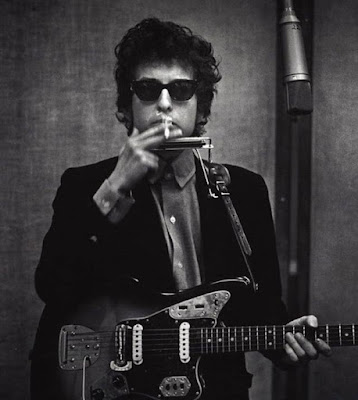American novelist Jay McInerney once said of Paul Bowles, acclaimed author of The Sheltering Sky, that he ‘associated Morocco with the anarchic forces of the unconscious’.
sabato 28 giugno 2025
martedì 13 maggio 2025
mercoledì 5 febbraio 2025
Shine On You Crazy Diamond (Full Length: Parts I - IX)
Shine On You Crazy Diamond (Full Length: Parts I - IX) - Pink Floyd
25:33 min. è la durata intera del brano completo.
Improbabile riuscire a sentirla intera alla radio: la durata media di quasi la totalità dei brani che ascoltiamo è ancora settata sulle dimensioni dei primi vinili a 45 giri che cominciarono ad essere prodotti nel 1948.
La dimensione dei brani, da quando è stato possibile registrare, è rimasta legata alla capacità dei media di riprodurli. Il tempo medio di circa 4 minuti di ogni brano, era il tempo massimo di registrazione su vinile nel '48.
Questo passo accelerato e forzato nel saltare da un brano a quello successivo, naturalmente oggi non ha più nessun senso.
Per questo, ogni tanto, questo brano perfetto andrebbe riascoltato rallentando il ritmo e isolandosi senza essere disturbati.
Con le cuffie ancora meglio.
Senza neanche entrare nel merito della narrazione del testo.
domenica 2 febbraio 2025
A Complete Unknown
"A Complete Unknown" è un film bellissimo.
Tutti i protagonisti, accordi e testi che avrebbero portato al Nobel, la ricostruzione del contesto storico, quella dei luoghi, tanti dettagli lasciati li solo per chi conosce bene l'argomento: è tutto descritto e raccontato in una maniera eccezionale, poetica, ispirata.
Racconta solo i primi 5 anni di ascesa - dall’arrivo al Greenwich Village nel 1961 fino alla svolta elettrica nel 1965 - e sono esplosivi.
Parte dal passaggio di testimone: "Nel 1961, cinque giorni dopo essere arrivato a New York dal Minnesota, Dylan rintracciò Guthrie al Greystone Park Psychiatric Hospital di Morris Plains, nel New Jersey." I momenti passati in ospedale tra i due, assieme anche a Pete Seeger sono davvero toccanti.
Tutti gli attori protagonisti sono eccezionali. Davvero nessuno escluso. La scelta di Timothée Chalamet significa anche tentare di scardinare il mondo di una generazione intossicata da influencer, post, fake news, likes, tronisti, lifting, auto-tune. Parecchio di più di una generazione.
Considerando che la preparazione è durata 5 anni, appare incredibile la tempistica perfetta con cui è uscito nelle sale. Come ha scritto il Guardian: "Ciò che A Complete Unknown mostra brillantemente, tuttavia, è il modo in cui la musica nelle mani giuste diventa un'arma."
Per chi non la conoscesse, il titolo è tratto da "Like a Rolling Stone" di Dylan https://www.youtube.com/watch?v=IwOfCgkyEj0













